Volcanic Lake Database Launches 28 Years After Nyos Disaster
1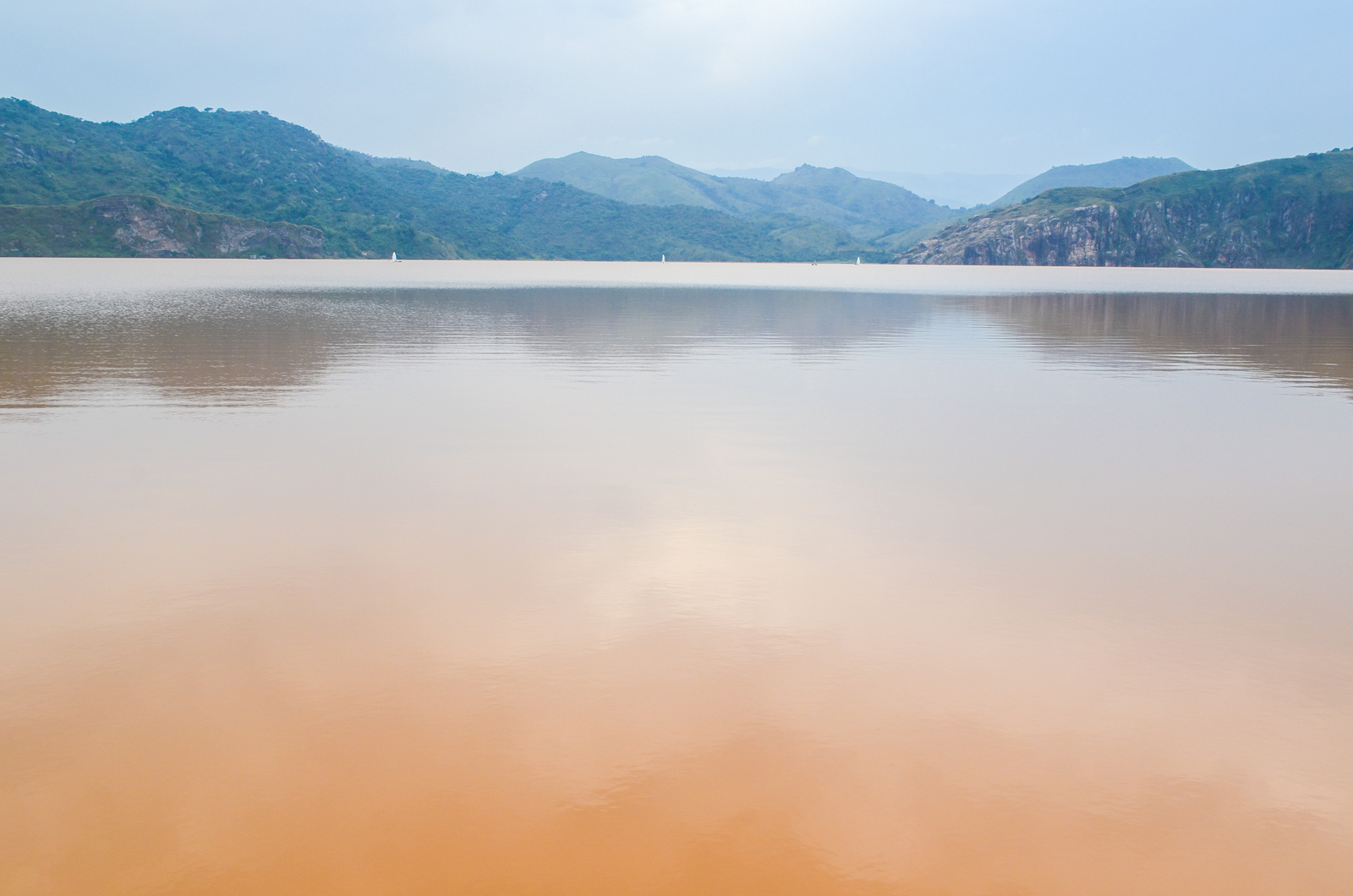
Cameroon’s Lake Nyos in western Africa. (Credit: Flickr User jbdodane via Creative Commons)
The 1986 carbon dioxide release from Lake Nyos in Cameroon killed 1,700 people by some estimates. Others place the number higher.
The unusual natural disaster was highly publicized, as people around the world struggled to make sense of the lake’s sudden gas release. Government officials in the African nation were stumped. They interviewed witnesses, surveyed the land nearby and even dared to step near the shore of a lake that had just suffocated every living animal within a 15-mile radius.
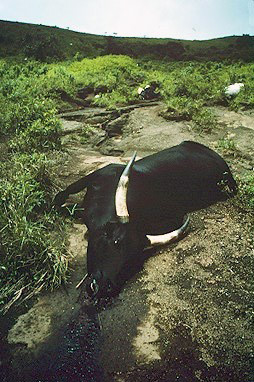
Cow killed by Lake Nyos gasses. (Credit: Jack Lockwood, U.S. Geological Survey)
Nyos rests in a crater on the flanks of an inactive volcano. A pocket of magma runs beneath, and its CO2-saturated water comes from the same area underground. Investigators looked at those features, guessing that a small eruption from the dormant volcano could have caused a limnic eruption – a very rare form of overturn that causes a lake to release its dissolved carbon dioxide into the air.
But scientists weren’t sure. Some theorized a landslide or earthquake was involved. Or that cool rainwater falling on one side of the lake caused a turnover. The precise cause of the release is still unknown, but the event laid bare a scientific shortcoming: Lake Nyos and very few volcanic lakes had been studied enough.
This is possibly because much of the world’s population doesn’t live near volcanic lakes – and neither do leading researchers. Much of research funding goes to projects that have clear, quick benefits for those populous societies: clean drinking water, air or soil. And the costly, sometimes dangerous, travel to remote locations near volcanoes is discouraging.
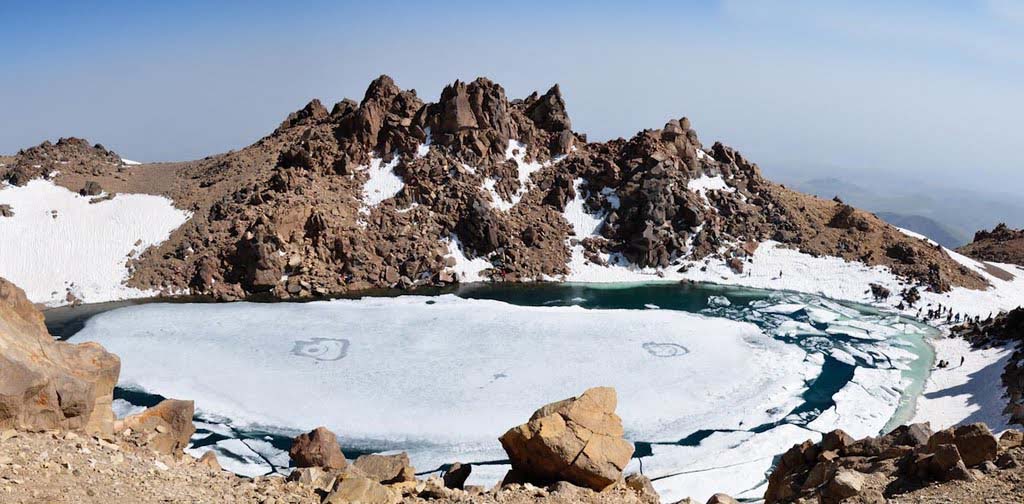
Sabalan Volcanic Lake, northwestern Iran. (Credit: Omid Jafarnezhed via Wikimedia Commons)
The International Association of Volcanology and Chemistry of the Earth’s Interior (IAVCEI) – an organization that studies everything around volcanoes and the earth’s crust – formed a commission to advance the study of volcanic lakes. It has supported expanded research ever since. Before the Nyos event, there was none.
The IAVCEI publishes results of the commission’s findings in the Journal of Volcanology and Geothermal Research – the February 2014 edition features a promising announcement. Almost 30 years after the Nyos disaster, scientists have compiled a database of volcanic lakes.

Chadburn Lake as seen from a helicopter, Yukon Territory. Volcanic ash gives its water different hues. (Credit: Flickr User grampymoose via Creative Commons)
It’s called VOLADA and it’s the first database of its kind. It covers 474 lakes, a number that was surprisingly high to the scientists, which just goes to show the still-extensive lack of knowledge about these lakes. Authors note in the journal: “Many of the compiled lakes were almost unknown, or at least unstudied to date.” They hope their open-access database, complete with interactive working tools, will reduce that number.




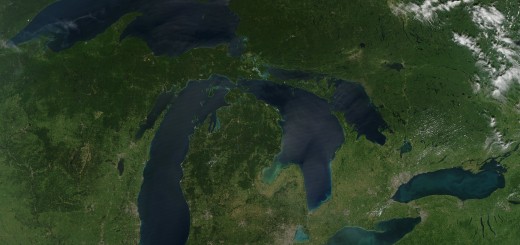
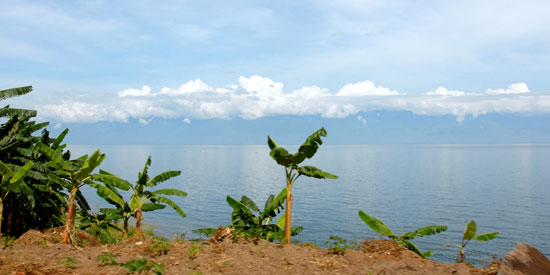
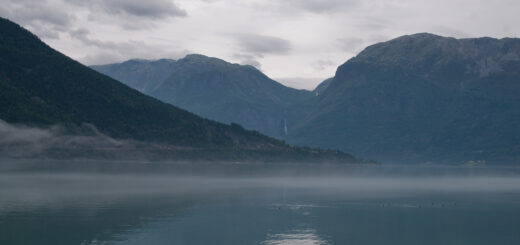




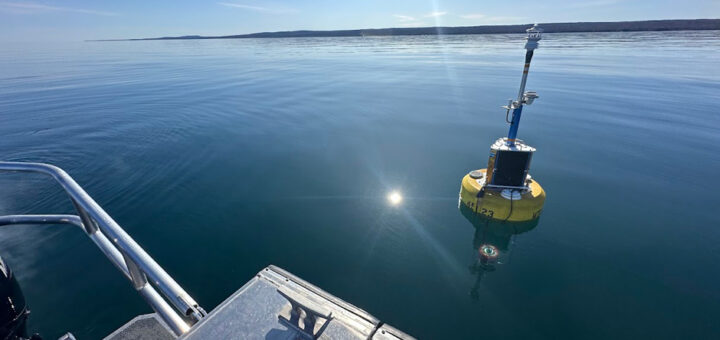
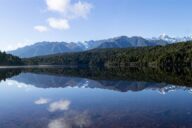
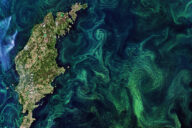
[…] it vulnerable to extreme turnover events and limnic eruptions. Its volatility was marked by a 1986 turnover that released toxic gas, killing thousands in […]